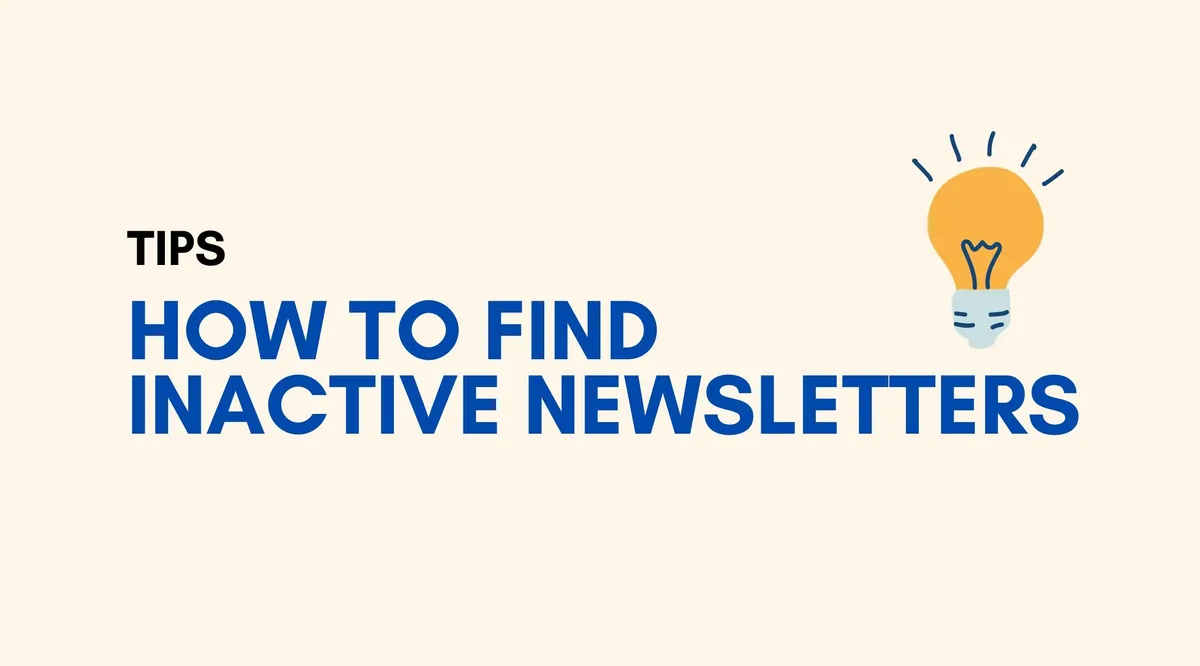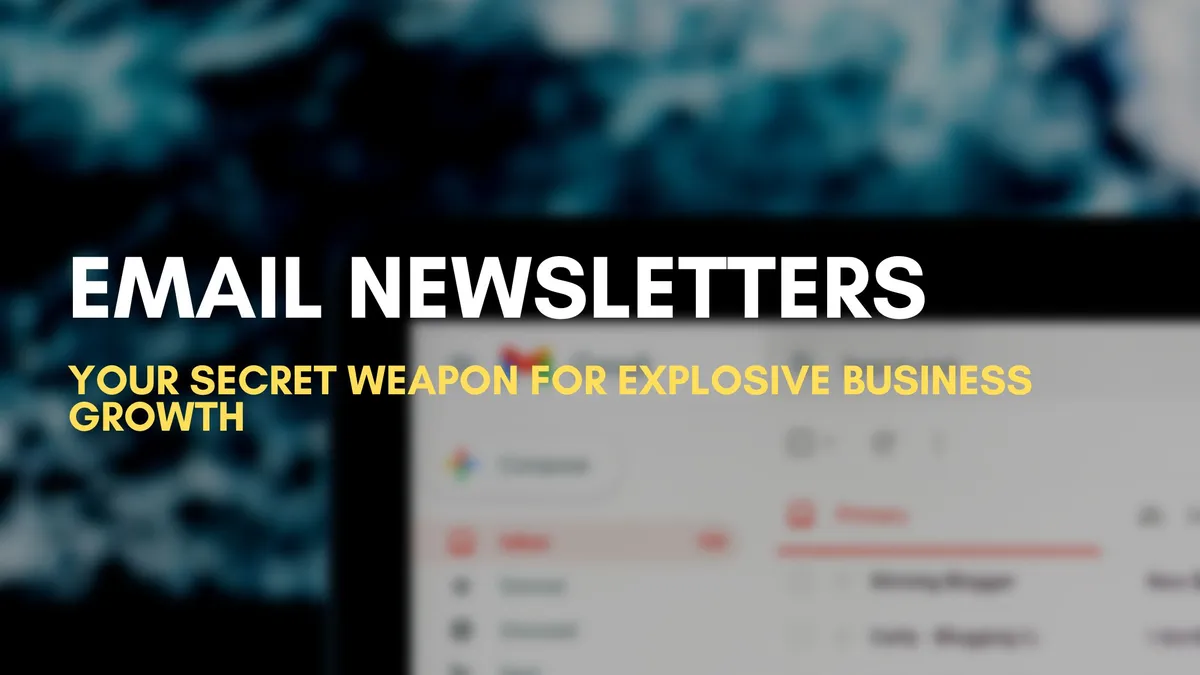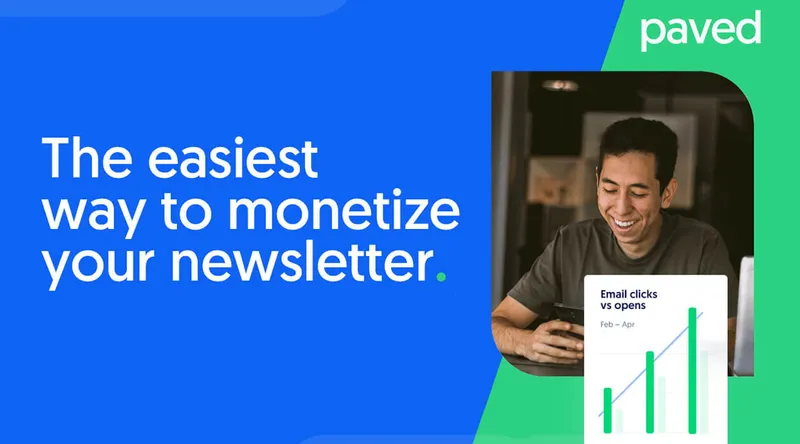In today's crowded email newsletter landscape, standing out from the competition requires a data-driven approach. But where do you even begin to understand how your newsletter stacks up against the best in your niche? InboxReads can help you discover the secrets of your competitors' newsletters and empower you to optimize your own.
This article will guide you through how you can use InboxReads to:
- Identify Your Competitors: We'll show you how to leverage smart recommendations to find the newsletters directly competing for your audience's attention.
- Analyze Competitor Metrics: Get valuable insights from competitor data, including subscriber counts, open rates, and click-through rates (CTRs).
- Benchmark Your Performance: See how your newsletter stacks up against your identified competitors.
- Uncover Growth Tools: Identify the tools and resources your competitors use to achieve their results.
- Craft a Winning Strategy: Learn how to tailor your newsletter content, format, and growth strategies for maximum impact.
Finding Your Newsletter Competitors
The first step is identifying your direct competitors in the newsletter space. InboxReads has a curated directory of thousands of newsletters across various categories. Here's how to find your rivals:

- Smart Recommendations When you add your newsletter to the directory you'll find a smart list of the newsletters that are direct competitors for your audience.
- Leverage the Search Bar: Type in keywords related to your newsletter's focus. InboxReads will surface relevant publications, potentially including some of your top competitors.
Turn Data into Actionable Insights
Once you've identified your competitors, it's time to delve into their performance metrics. InboxReads providers the subscriber counts, open rates, and CTRs of many popular newsletters.
- Subscriber Count: These are useful for gauging the potential size of your niche's market and how big your newsletter can grow. It's also a great way to find cross promotion partners.
- Open Rates: Open rates indicate the percentage of subscribers who actually open your emails. You should be benchmarking your open rates against your competitors and industry averages. A lower open rate might suggest a need to improve your subject lines or sending frequency.
- Click-Through Rates (CTRs): CTRs measure the percentage of subscribers who click on a link within your newsletter. Analyze your CTRs relative to your competitors to gauge how effectively your content engages your audience. Low CTRs might indicate a need to refine your content strategy or call-to-actions (CTAs).
Improving Your Content
While numbers are crucial, InboxReads can also offer insights into a competitor's content strategy. Here's what to pay attention to:
- Content Format: Analyze the format of your competitors' newsletters. Do they favor long-form articles, bite-sized updates, or a mix of both? How do they incorporate visuals like images or infographics?
- Content Cadence: How often do your competitors send newsletters? Finding a balance between consistent presence and inbox fatigue is crucial. Analyze their sending frequency and see if it aligns with your audience's expectations.
- Content Focus: Read through competitor newsletters and determine if they are focusing on industry news, in-depth analysis, or a blend of both. It can help you offer a unique value proposition.
Discover Useful Tools
InboxReads list the tools competitors use. These can be their email service provider, referral tools, sponsorship marketplaces, and more. This can be a great way to find the tools that work within your niche and find new marketing and monetization strategies.

Insights into Action
The newsletter landscape is constantly evolving. By leveraging InboxReads and the strategies outlined above, you can gain valuable insights into your competitors' approaches and use that knowledge to refine your own strategy.
Optimization is an ongoing process. Continuously monitor your metrics, experiment with different tactics, and adapt your approach based on data and audience feedback. By staying informed and data-driven, you can create a newsletter that stands out from the crowd and develops a loyal subscriber base.








